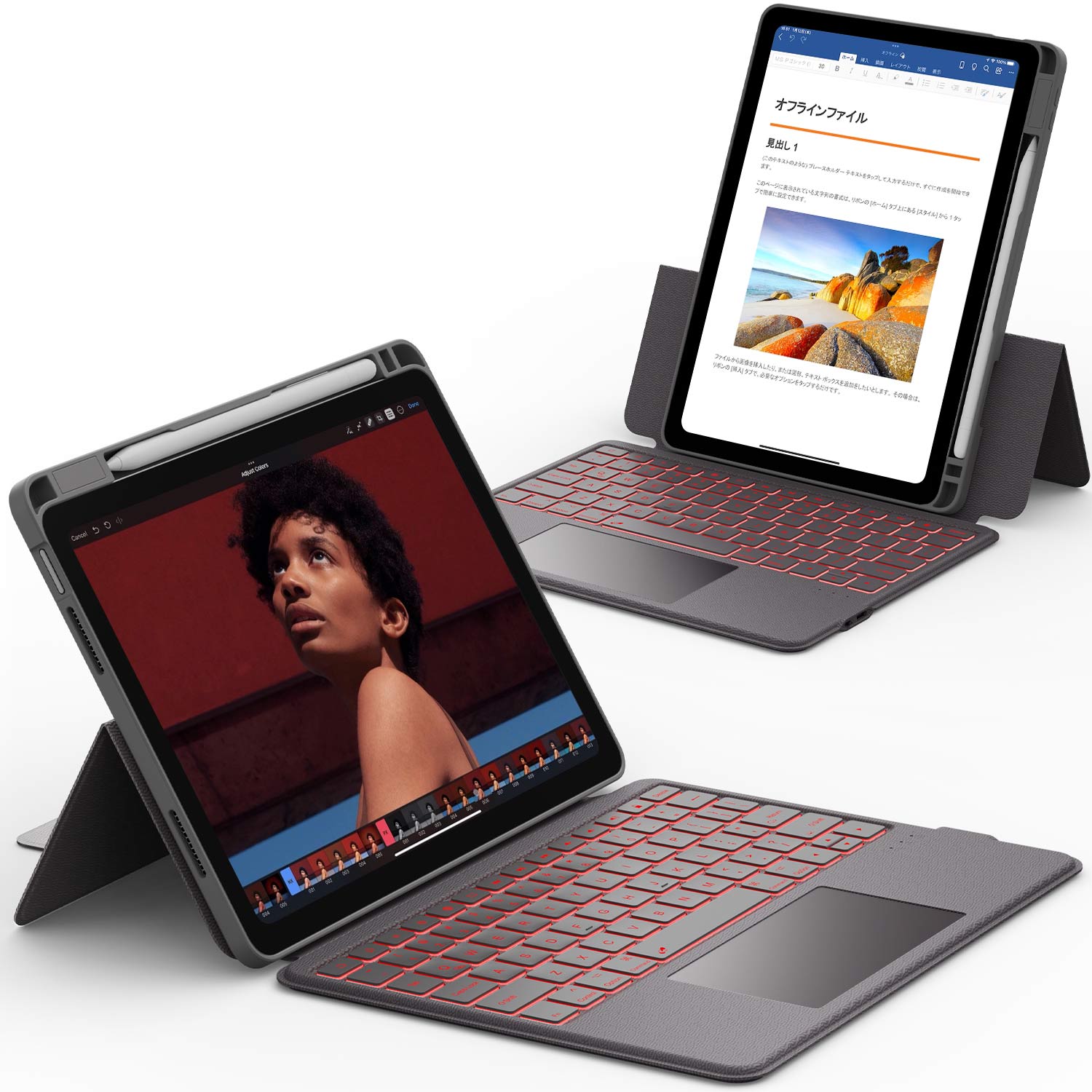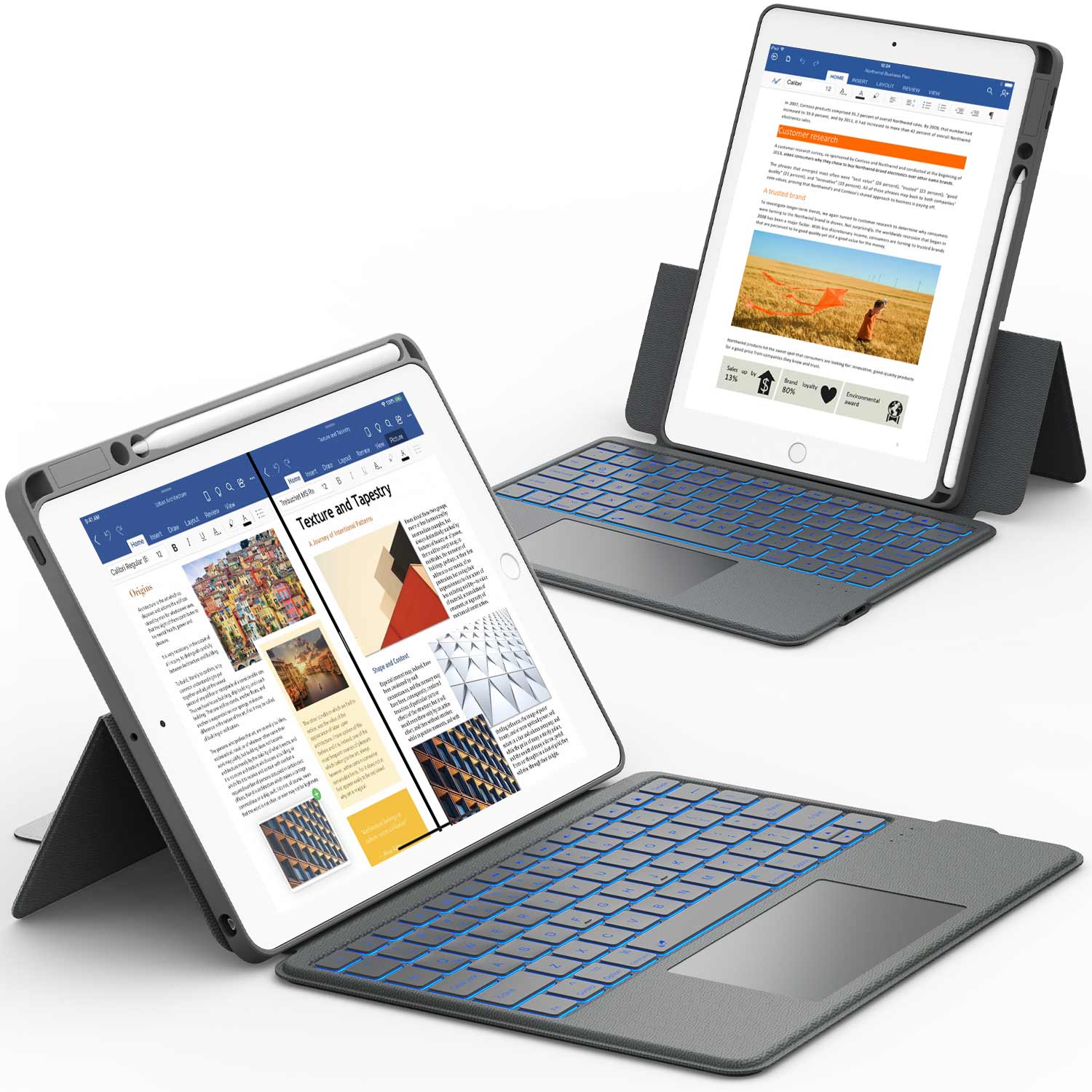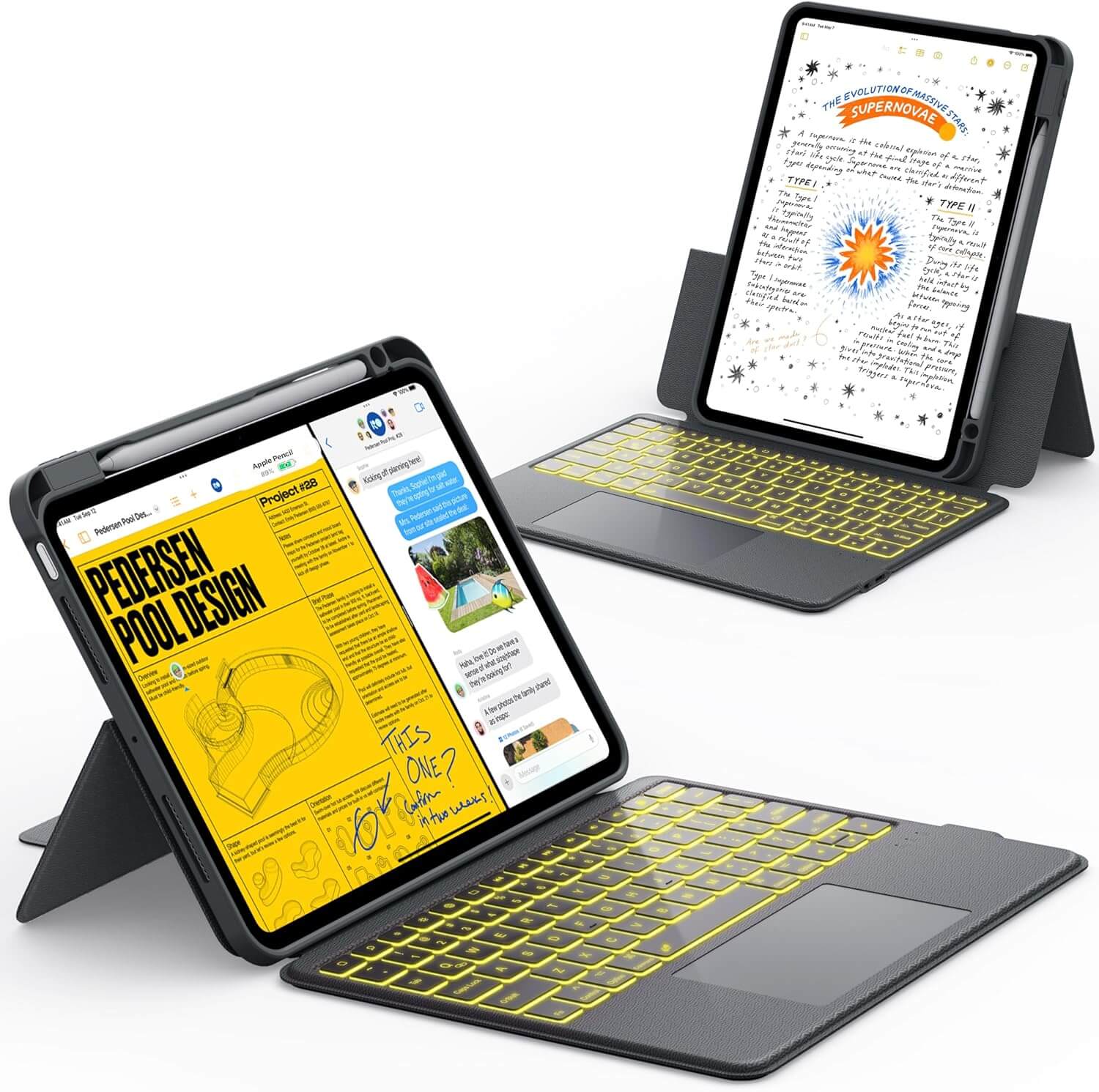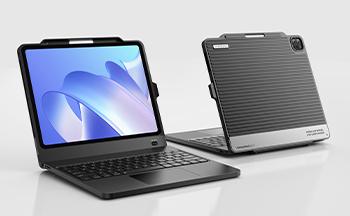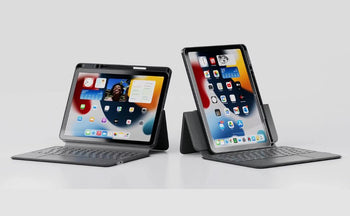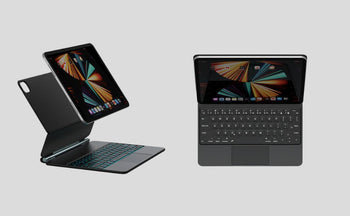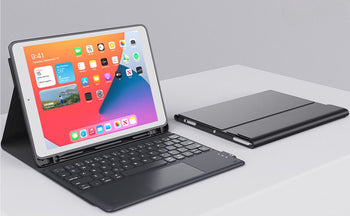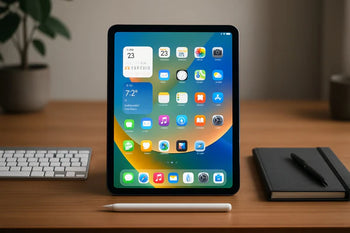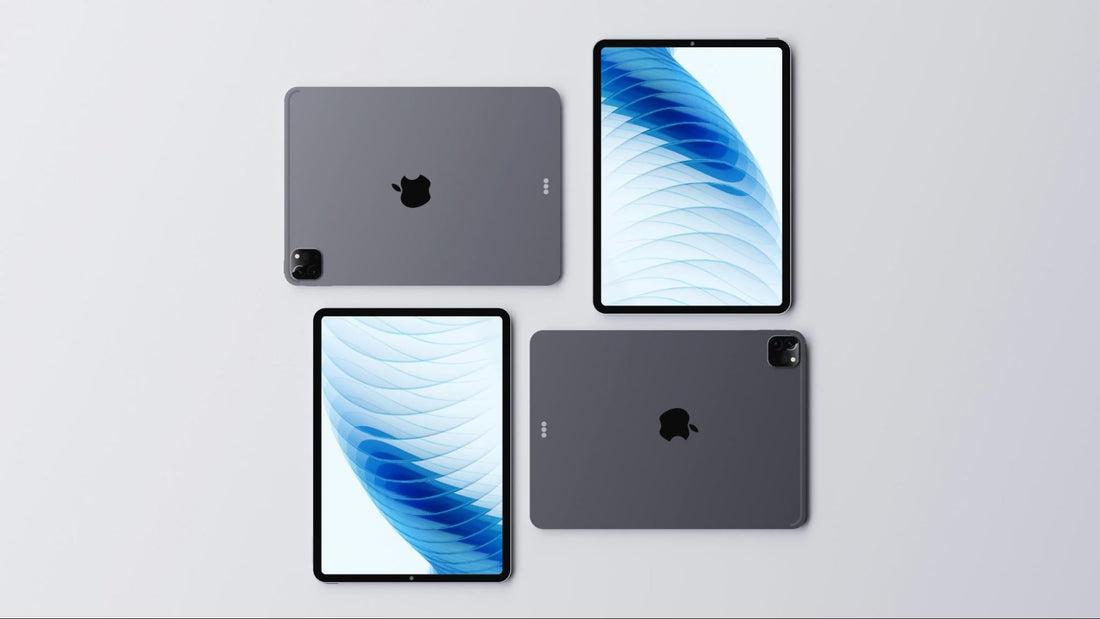Trying to keep track of Apple’s iPads? It gets confusing fast. With so many models—each with its own size, processor, and features—it’s easy to lose count.
As of 2025, Apple has released over 40 different iPad models across four main product lines: the standard iPad, iPad Air, iPad Mini, and iPad Pro.
You don’t just have one “iPad generation” to think about. Each product line has its own set of generations, from the classic iPad that started it all in 2010 to today’s advanced M-series iPads.
Understanding how these generations break down helps you see where your device fits and what to expect from current and future models.
By looking at each category—the standard iPad, Air, Mini, and Pro—you’ll get a clearer picture of how many generations exist. Apple’s tablet lineup has changed a lot over the years.
Overview of iPad Generations
Apple has released a ton of iPad models since 2010. Each one fits into a specific generation.
You can track these generations by looking at design changes, hardware updates, and the software support Apple gives each one.
Definition of an iPad Generation
An iPad generation means a major release that brings new hardware or design. Apple uses “generation” to show one main update from another, even if the device looks similar to the last one.
For example, the iPad (9th generation) and iPad (10th generation) are both standard iPads, but they have different processors, displays, and accessories. Apple uses the same naming system for iPad Pro, iPad Air, and iPad mini.
Storage sizes, cellular options, or colors don’t make a new generation. It’s the release year and major hardware changes that matter. So, two iPads with different storage sizes can still be from the same generation.
Apple’s naming helps you know when a device came out and how long it might get iPadOS updates. That’s important if you want to compare performance or figure out how long your iPad will stay supported.
Total Number of iPad Generations Released
Since the first iPad in April 2010, Apple has released many generations across four main lines:
- iPad (standard) – 11 generations
- iPad mini – 7 generations
- iPad Air – 7 generations
- iPad Pro – 6 generations for the 12.9-inch model, 5 generations for the 11-inch model
In total, you’ll find over 30 distinct iPad generations if you count all the product families. Some sources say 32, but others count more than 40 models if you include size variations.
This huge number shows Apple updates the iPad a lot, often every year for the standard model and every few years for Pro or Air models.
Each generation adds things like better chips, improved displays, or new accessory support.
Key Milestones in iPad Evolution
The iPad has hit several big milestones since its launch. The first iPad (2010) introduced the idea of a large touchscreen tablet running iOS.
By 2012, the iPad 3rd generation brought the Retina Display, making text and images much sharper. In 2015, Apple launched the iPad Pro with bigger displays and support for the Apple Pencil, pushing the iPad toward professional use.
The iPad Pro (2018) introduced Face ID and USB‑C, setting a new design standard. The iPad Air (2020) and later models picked up Apple’s M1 and M2 chips, closing the gap between tablets and laptops.
In 2025, the iPad Pro (5th gen 11-inch and 13-inch) switched to Apple’s M4 chip, bringing performance closer to a Mac.
The iPad mini (6th and 7th generations) updated the small form factor with modern design and A-series chips. Apple keeps the iPad lineup diverse, balancing entry-level devices with advanced Pro models.
📖 For step‑by‑step help, read our article, Which iPad Do I Have? How To Figure What iPad Model You Have, and find out exactly which model you own.
Standard iPad Generations
The standard iPad has changed a lot since 2010. It started simple, but now some models rival laptops.
Each version brought new things like better displays, faster processors, and more accessory support.
|
Generation |
Year Released |
Key Features & Updates |
|
1st Gen |
2010 |
9.7″ display, A4 chip, no camera, limited storage. Sold 15M units in first year. |
|
3rd Gen |
2012 |
Retina Display, A5X chip, LTE support. |
|
4th Gen |
2012 (later) |
Switched from 30‑pin connector to Lightning. |
|
5th Gen |
2017 |
Brighter screen, A9 chip. |
|
6th Gen |
2018 |
Apple Pencil (1st gen) support added. |
|
7th Gen |
2019 |
Larger 10.2″ display, Smart Keyboard connector. |
|
8th Gen |
2020 |
Faster A12 chip for smoother performance. |
|
9th Gen |
2021 |
Last with Home button, headphone jack, and Lightning. Center Stage front camera. |
|
10th Gen |
2022 |
New design with 10.9″ Liquid Retina Display, USB‑C, A14 Bionic chip. Still limited to Apple Pencil (1st gen with adapter). |
|
11th Gen |
2025 |
A16 Bionic chip, 10.9″ display standard, improved battery, support for latest accessories. Modern design with thin bezels and USB‑C. |
Compared to the first iPad, the 11th generation is way more powerful and flexible. You can use it for school, work, or just for fun, and it still costs less than an Air or Pro.
iPad Air Generations
The iPad Air sits between the standard iPad and the iPad Pro. It’s all about balancing performance, portability, and price. Apple often uses the Air to introduce new design or hardware features before bringing them to other models.
|
Generation |
Year Released |
Key Features & Updates |
|
1st Gen |
2013 |
Thinner & lighter than standard iPad, 9.7″ display, A7 64‑bit chip (first for iPad). |
|
2nd Gen |
2014 |
Slimmer design, A8X chip, laminated display with anti‑reflective coating, Touch ID introduced. |
|
3rd Gen |
2019 |
Returned after pause, support for Apple Pencil (1st gen) & Smart Keyboard. |
|
4th Gen |
2020 |
Major redesign with flat‑edge look (like iPad Pro), USB‑C, A14 Bionic chip, Apple Pencil (2nd gen) support with magnetic charging. |
|
5th Gen |
2022 |
Upgraded to M1 chip → desktop‑level performance. Still slim 10.9″ design, capable of heavy apps (video editing, 3D tools). |
|
M2 Air (6th Gen) |
2024 |
First iPad Air with two sizes: 11″ & 13″. M2 chip for better graphics & multitasking, positioned as a Pro alternative at lower cost. |
|
M3 Air (7th Gen) |
2025 |
Latest model. Works with new Magic Keyboard & Apple Pencil Pro. Balanced mix of performance, portability, and price. |
The Air is now the most balanced pick in Apple’s lineup. If you want strong performance, a light design, and a good price, it’s a solid choice.
iPad Mini Generations
The iPad Mini line gives you a smaller tablet option. It keeps the main features of bigger iPads, just in a more compact package.
Over time, the Mini has gone from basic hardware to advanced chips and displays. Each generation brings better performance, design, and accessories.
|
Generation |
Year Released |
Key Features & Updates |
|
1st Gen |
2012 |
7.9″ display (1024×768), A5 chip, iOS 6 (up to iOS 9.3), 5 MP rear / 1.2 MP front cameras, Lightning connector, no Touch ID or Apple Pencil support. |
|
2nd Gen |
2013 |
A7 chip, Retina display (2048×1536), sharper visuals and faster performance. |
|
3rd Gen |
2014 |
Added Touch ID, but internals same as Mini 2. |
|
4th Gen |
2015 |
A8 chip, thinner body, improved 8 MP rear camera. |
|
5th Gen |
2019 |
A12 Bionic chip, support for Apple Pencil (1st gen), much faster and better long-term updates. |
|
6th Gen |
2021 |
Major redesign: 8.3″ Liquid Retina display, USB‑C, A15 Bionic chip, no home button, Touch ID in top button, Apple Pencil (2nd gen) support. |
|
7th Gen |
2024 |
A17 Pro chip with Apple Intelligence (iPadOS 18), supports Apple Pencil Pro, fixes “jelly scrolling,” same design as 6th gen, 64–256 GB storage, Wi‑Fi or Wi‑Fi + Cellular models. |
If you like drawing or creative apps, the Pencil Pro adds pressure sensitivity and new tricks. For regular stuff, the A17 Pro chip keeps everything smooth and should last for years of updates.
✔️ To make the smartest purchase, check out our full article, How to Choose the Right iPad for Your Budget?, and see which iPad fits your needs best.
iPad Pro Generations
The iPad Pro line is Apple’s top-of-the-line tablet. You get bigger screens, faster chips, and features you won’t find on the regular iPad, Air, or Mini.
|
Generation |
Year Released |
Key Features & Updates |
|
1st Gen |
2015 (12.9″) / 2016 (9.7″) |
First iPads with Apple Pencil support, A9X chip, up to 4 GB RAM, large Retina display for multitasking. |
|
2nd Gen |
2017 (10.5″ & 12.9″) |
Introduced ProMotion 120Hz refresh rate for smoother scrolling/drawing. Last models with Home button. |
|
3rd Gen |
2018 (11″ & 12.9″) |
Major redesign: no Home button, slimmer bezels, Face ID, switched from Lightning to USB‑C. |
|
4th Gen |
2020 |
Updated internals, continued Face ID + USB‑C design. |
|
5th Gen |
2021 |
First with Apple Silicon (M1 chip). Huge leap in pro‑level performance. |
|
6th Gen |
2022 |
M2 chip, Apple Pencil hover feature, improved graphics, Magic Keyboard support for laptop‑like use. |
|
7th Gen |
2024 (11″ & 13″) |
M4 chip, thinnest Apple product ever, 8–16 GB RAM, up to 2 TB storage, Liquid Retina XDR on 13″, Face ID, USB‑C with Thunderbolt, Apple Pencil Pro support. |
The jump from M2 to M4 really shows Apple wants the iPad Pro to stay on top. If you want the most power, the Pro models are still the way to go.
The Perfect Companion for Any iPad Generation
No matter which iPad generation you own—whether it’s a standard iPad, Air, Mini, or Pro—the right accessories can make a huge difference in how you use it.
Chesona keyboard cases are designed to turn your iPad into a true productivity machine, combining protection, a responsive keyboard, and a built‑in trackpad to give you a laptop‑like experience without sacrificing portability.
Here are two excellent options to match popular iPad models:
- CHESONA ArmorDock Series Keyboard Case for iPad Pro 12.9" 6/5/4/3th – More than just a case, this model transforms your iPad Pro into a full workstation. With HDMI output, USB ports, SD/TF card slots, and even an M.2 SSD interface for up to 2TB of private storage, it’s perfect for professionals who need desktop‑level connectivity on the go.
- CHESONA Cloud Series Keyboard Case for iPad 10th Gen 2022 – A sleek and lightweight case that combines a floating stand design with a multi‑touch trackpad and 7‑color backlit keyboard. Ideal for students, remote workers, or anyone who wants a stylish, portable setup without compromising functionality.
👉 Whichever iPad generation you own, Chesona has a case that helps you get more done—while keeping your device protected and versatile.
Frequently Asked Questions
What is the latest generation of iPad as of 2025?
The newest one is the iPad Air with the M3 chip, which came out in spring 2025. The most advanced iPad is still the iPad Pro with the M4 chip and OLED display from 2024.
How can I identify the generation of my iPad?
Check the model number on the back of your iPad or go to Settings > General > About. Compare it with Apple’s official list to see which generation you have.
Are all iPad generations still supported by Apple?
Nope. Apple usually gives iPads 5–7 years of software updates. Older ones like the iPad Air 2 or the first iPad mini don’t get new iPadOS versions now, but they can still run older apps.
What are the major differences between the iPad generations?
Big changes include chip upgrades for speed, better displays like Retina or OLED, and changing ports from 30‑pin to Lightning to USB‑C. Accessory support, like the Apple Pencil and Magic Keyboard, also varies.
How often does Apple release a new iPad generation?
Apple usually updates at least one iPad line every year, but it’s not always the same model. You might get a new iPad Pro one year, then a new Mini the next, while the base iPad or Air skips a year.
Can I upgrade my older iPad to the newest iPadOS?
You can only get the latest iPadOS if your device is on Apple’s supported list.
Newer models like the iPad Pro (M1 and later), iPad Air (4th gen and newer), and iPad mini (6th and 7th gen) make the cut.
If you have an older model, you’re stuck with the last version it got.
